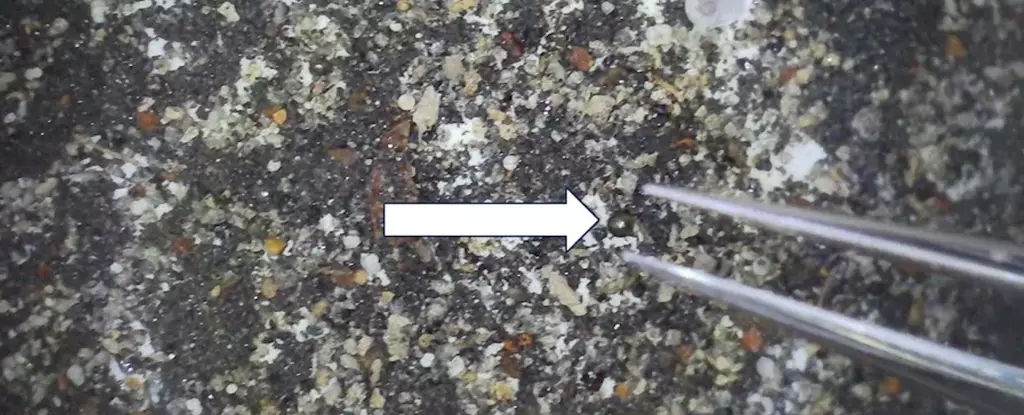The recent study by Avi Loeb and his team claiming to have found interstellar material on the ocean seabed has sparked a lot of interest and speculation. However, a new study has brought into question the validity of this claim, suggesting that the origin of the material may be much closer to home.
The original study focused on a meteor that entered Earth’s atmosphere in 2014 off the coast of Papua New Guinea. The trajectory of this meteor led researchers to the seafloor near the impact site, where they discovered iron-rich spherules. These spherules were believed to have an interstellar origin based on their composition, particularly the distribution of isotopes.
While the idea of interstellar material reaching Earth is intriguing, there are several challenges to the claim made by Loeb’s team. Firstly, the trajectory of the 2014 meteor is not well-documented enough to definitively link the spherules found on the seabed to this specific event. Additionally, the presence of “unusual” isotopes in the spherules is not a conclusive indicator of interstellar origin, as similar isotopic distributions can be found within our Solar System.
The new study delved deeper into the composition of the spherules and identified a local origin for these mysterious objects. By analyzing other isotope ratios and comparing them to known tektites from the Australasian strewn field, researchers concluded that the spherules likely originated from a large impact event that occurred 790,000 years ago.
While the ‘alien’ spherules may not be of interstellar origin, the search for extraterrestrial materials on Earth continues. With the knowledge that interstellar objects do occasionally enter our Solar System, researchers are determined to keep searching for clues that may shed light on the mysteries of the cosmos.
While the initial excitement surrounding the discovery of interstellar material on Earth may have been premature, the quest for understanding our place in the universe remains ongoing. The study serves as a reminder of the complexities involved in identifying the origins of celestial objects and the need for rigorous scientific investigation to separate fact from fiction in the realm of space exploration.


Leave a Reply